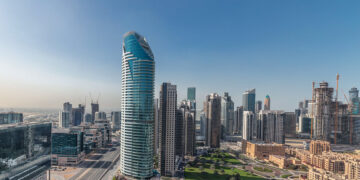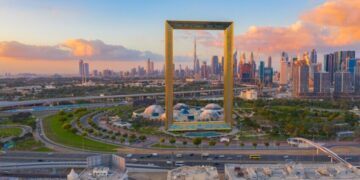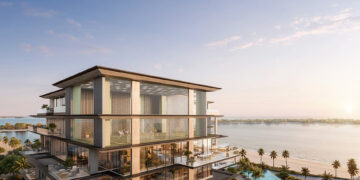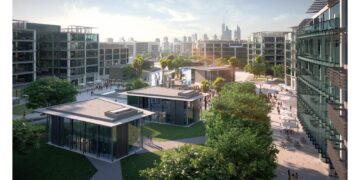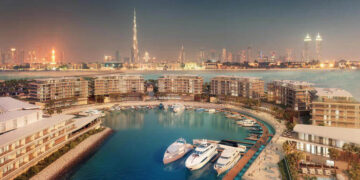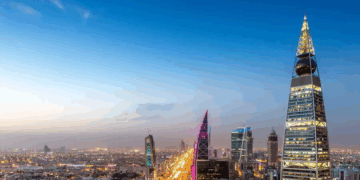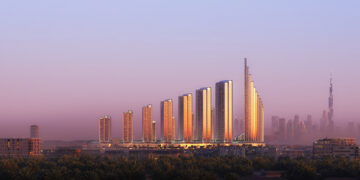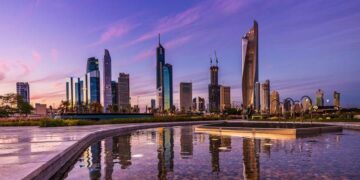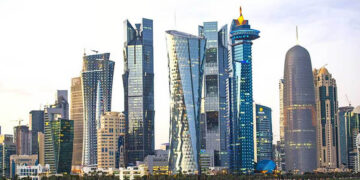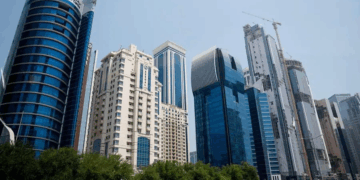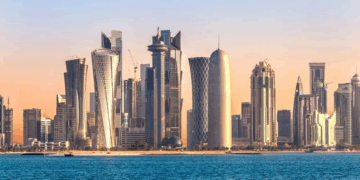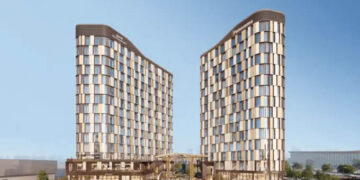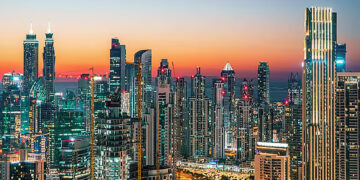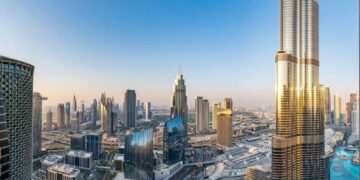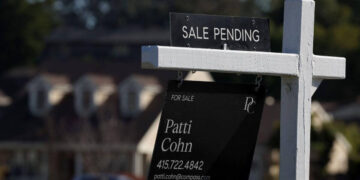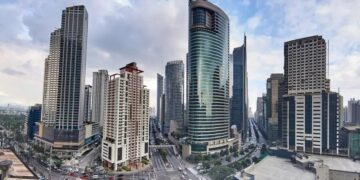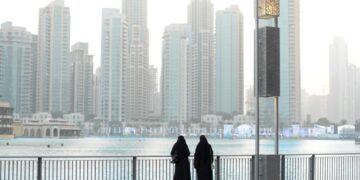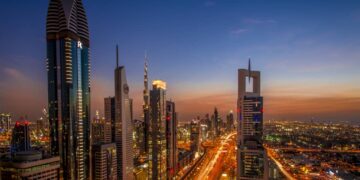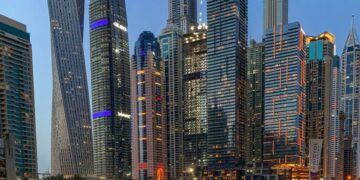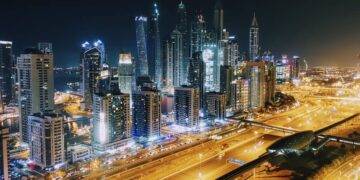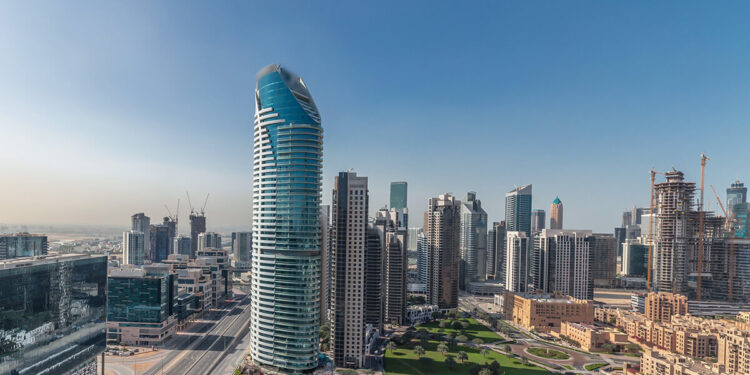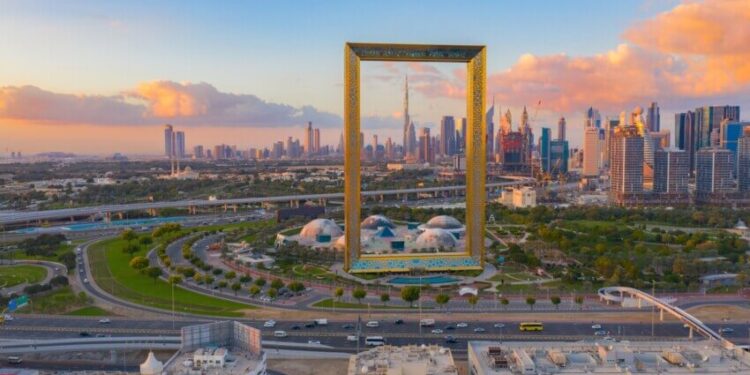According to experts, the Dubai office market is poised for sustained growth in the medium term because to business-friendly policies, regulatory openness, and economic diversification.
Future price sustainability, however, will depend on the macroeconomic environment, the supply pipeline, and occupancy absorption. They emphasize that satisfying demand and sustaining growth momentum will need the strategic construction of next-generation office space.
With average prices growing from Dh768 per square foot in 2021 to Dh1,999 per square foot in 2025—a 160% rise over the first half of the previous four years—Dubai’s office sector has seen a significant and ongoing increase in capital values.
Rising occupancy in key business zones, a reevaluation of workplace strategies following the Covid-19 outbreak, and greater demand for institutional-grade office assets all contributed to this growth’s notable acceleration starting in 2023.
According to a survey by Driven Properties and Forbes, quarterly patterns are highly consistent, with both Q1 and Q2 2025 prices above Dh1,950 per square foot, showing continued momentum and increased liquidity in the commercial sector.
Dubai’s office market is strong and maturing, as seen by the rising occupancy trend and near-saturation in free zones. In addition to driving up rents and capital values, this dynamic is highlighting the necessity of brand-new, superior buildings to satisfy changing tenant demands in both regulated and unregulated areas.
With the entry of international institutional investors, REITs, and private equity firms into Dubai’s office space market, there has been a notable change in recent quarters.
Historic transactions in places like Downtown, Business Bay, and the DIFC have boosted investor confidence and established new standards for price.
The demand for Grade A buildings has increased as a result of this capital inflow, especially for those that provide ESG compliance, contemporary facilities, and free zone licensing aspects that are becoming more and more important to international tenants.
Office values have increased due to strong investor demand and increased rivalry for premium commercial buildings, while supply is still limited in central business districts.
Robust growth in the main market
From 74.2% in H1 2021 to a projected 91.0% in H1 2025, occupancy rates have gradually increased, with a 23% increase in the first half of the period. Underpinned by persistent tenant demand, a dearth of new supply, and the resurgence of corporate leasing activity in strategic non-free zone districts, this growth indicates a tightening commercial office market.
As businesses reassess their space requirements after COVID, the consistent annual increase also shows a solid absorption, particularly of Grade A and well-located properties.
Even better performance in the free zone
It should be noted that the numbers do not include free zone areas like DIFC, DWTC, and Dubai Internet City, where occupancy rates often surpass 95% and some buildings are said to be running at or close to capacity.
These zones are the preferred option for multinational corporations and institutional occupiers due to their modern Grade A infrastructure, industry clustering (such as finance and technology), and regulatory advantages.
The genuine citywide occupancy average would be considerably higher when free zones are taken into account.
Future supply is predicted to rise sharply from 60,203 units in 2025 to 136,169 units in 2026 and 122,862 units in 2027 before sharply declining to just 8,122 units by 2030. This represents a slew of initiatives started in the post-Covid recovery period, many of which are anticipated to be finished in the upcoming two to three years.
Citing the significant rise in handovers as a source of oversupply risk, Fitch Ratings has forecast a possible 10–15% price correction in 2026. Nonetheless, the report thinks that this risk might be exaggerated for several important reasons:
>> Rapid population growth driven by long-term visa changes, an increase in expatriate inflows, and Dubai’s stance as a worldwide lifestyle destination.
>> Phased project deliveries and delayed handovers, which usually extend actual supply absorption past the year of the headline launch.
>> Greater demand for housing is a result of higher labor force participation, particularly in white-collar industries like professional services, technology, and finance.
Supportive macroeconomic fundamentals that support investor and end-user confidence include GDP growth, job recovery, and ongoing business development.
